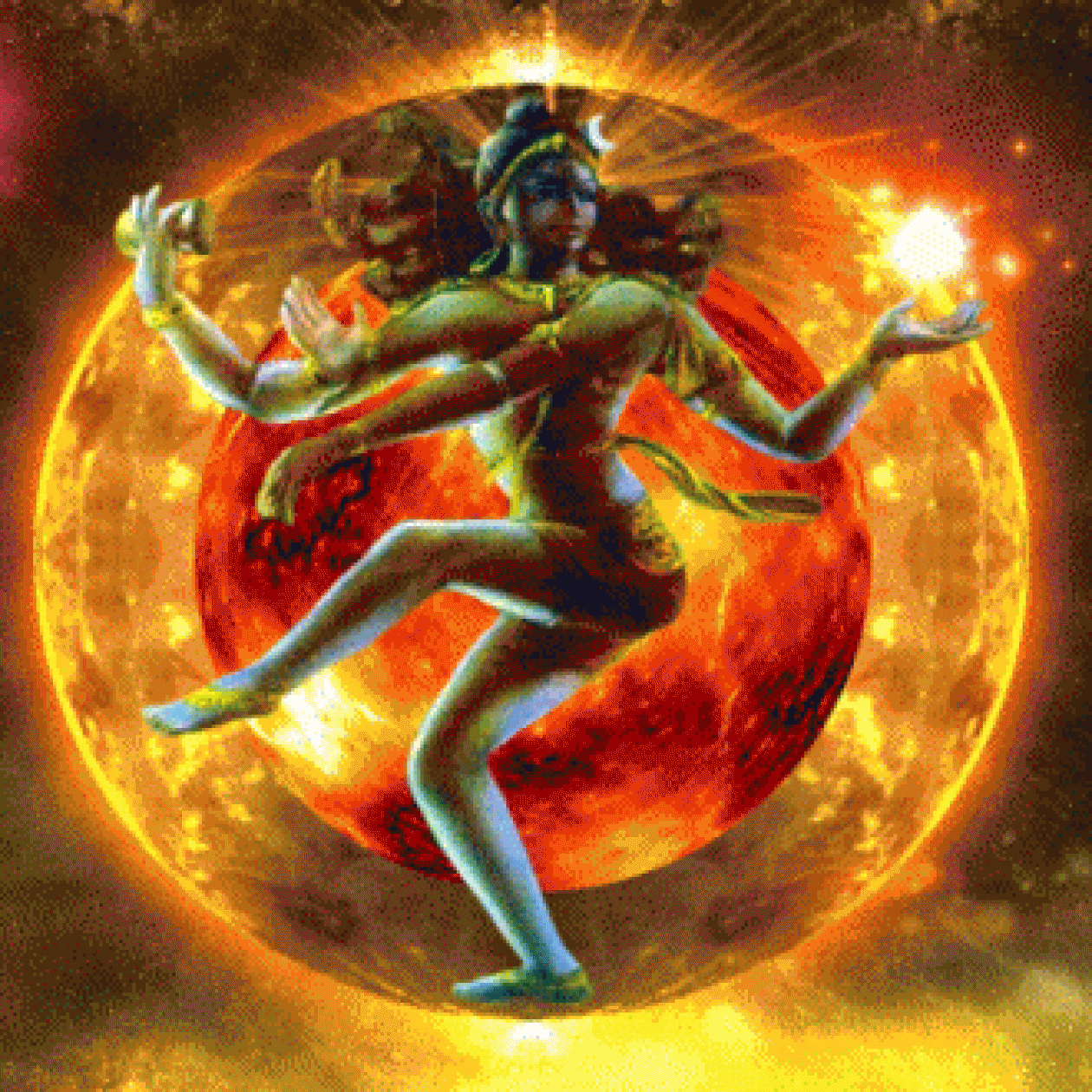Theory of Atom per Rigveda

Dalton proposed a theory of Indivisibility of Atom, during 1808. 1911, Rutherford proved that the atoms consist of one more particle, whom he named Proton because it was positively charged. During 1932, James Chadwick proved the presence of a Neutron in the atom. Because it had no charge, it was named as Neutron.
But, Bhagavata Purana (written around 3100 BCE) describes atom as Paramanu and each Anu (molecule) consisting of atleast two Paramanu.atom division in bhagavata purana
caramaH sad-visheShANAm aneko .asaMyutaH sadA |
paramANuH sa viGYeyo nR^iNAm aikya bhramo yataH || 3.11.1
The material manifestation’s ultimate particle, which is indivisible and not formed into a body, is called the atom. It exists always as an invisible identity, even after the dissolution of all forms. The material body is but a combination of such atoms, but it is misunderstood by the common man.
sata eva padArthasya svarUpAvasthitasya yat |
kaivalyaM parama-mahAn avisheSho nirantaraH | |3.11.2
Atoms are the ultimate state of the manifest universe. When they stay in their own forms without forming different bodies, they are called the unlimited oneness. There are certainly different bodies in physical forms, but the atoms themselves form the complete manifestation.
The Parama-Mahan is still more subtler than Paramanu.The Parama Mahan is unique, has no difference, no spacing and leaves behind nothing.However, majority of Hydrogen atoms have only electrons and protons, but no neutrons.
evaM kAlo .apy anumitaH saukShmye sthaulye ca sattama |
saMsthAna-bhuktyA bhagavAn avyakto vyakta-bhug vibhuH || 3.11.3
In the same way time also has its discrete divisions, which comprise its gross form and this can be measured by the movement and combination of particles; viShNu is that which is unmanifest, existing in movement and in potential.
sa kAlaH paramANur vai yo bhu~nkte paramANutAm |
sato .avisheSha-bhug yas tu sa kAlaH paramo mahAn || 3.11.4
Those discrete units of time, which are verily further indivisible, correspond to the time required by a paramANu to cover the space equivalent to a paramANu; this is verily the primal, supreme time.
aNur dvau paramANU syAt trasareNus trayaH smRtaH |
jAlArka-rashmy-avagataH kham evAnupatan agAt || 3.11.5
Two paramANus are combine to form an aNu, and 3 combine to form a trasareNu; the rays of light emerging from a mesh can make these [trasareNus] move up in empty space.








🍃🤗🕉🌾🕉🤗🍃Hariii Hariii 🍃🤗🕉🌾🕉🤗🍃
Thank you for the nice explanation. Why do you use the titel of atom theory of Rig -Veda and then explaining through Bhagavat Purana? Where in Rig-Veda exactely do you find the question of Atoms?
To me Rig -Veda and Bhagavat Purana doesn’t seem to be the same…Sarasvati Shakti…
🍃🤗🕉🌾🕉🤗🍃Hariii Hariii 🍃🤗🕉🌾🕉🤗🍃
LikeLike